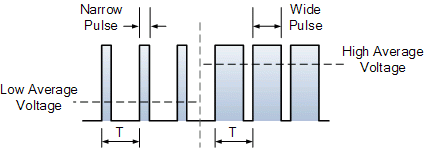How to design a Latch circuit using BJT Transistors
- Ahmed Helwa
- Sep 21, 2021
- 1 min read
Updated: Sep 21, 2021
Introduction
Latch circuit is a circuit that retains the state if the output even when the input is removed. The output signal will remain until a reset signal is applied to reset the signal to its default state.

Background
BJT transistors have 4 modes of operation:
• Saturation mode, the transistor acts like short circuit, current flows freely from collector to emitter
• Cut-off mode, The transistor acts like an open circuit, no current flows from collector to emitter
• Active mode,
The current form the collector to the emitter is proportional to the current at the base
• Reverse Active,
Like Active mode, but the current flows in the reverse direction
Circuit Diagram






Comments